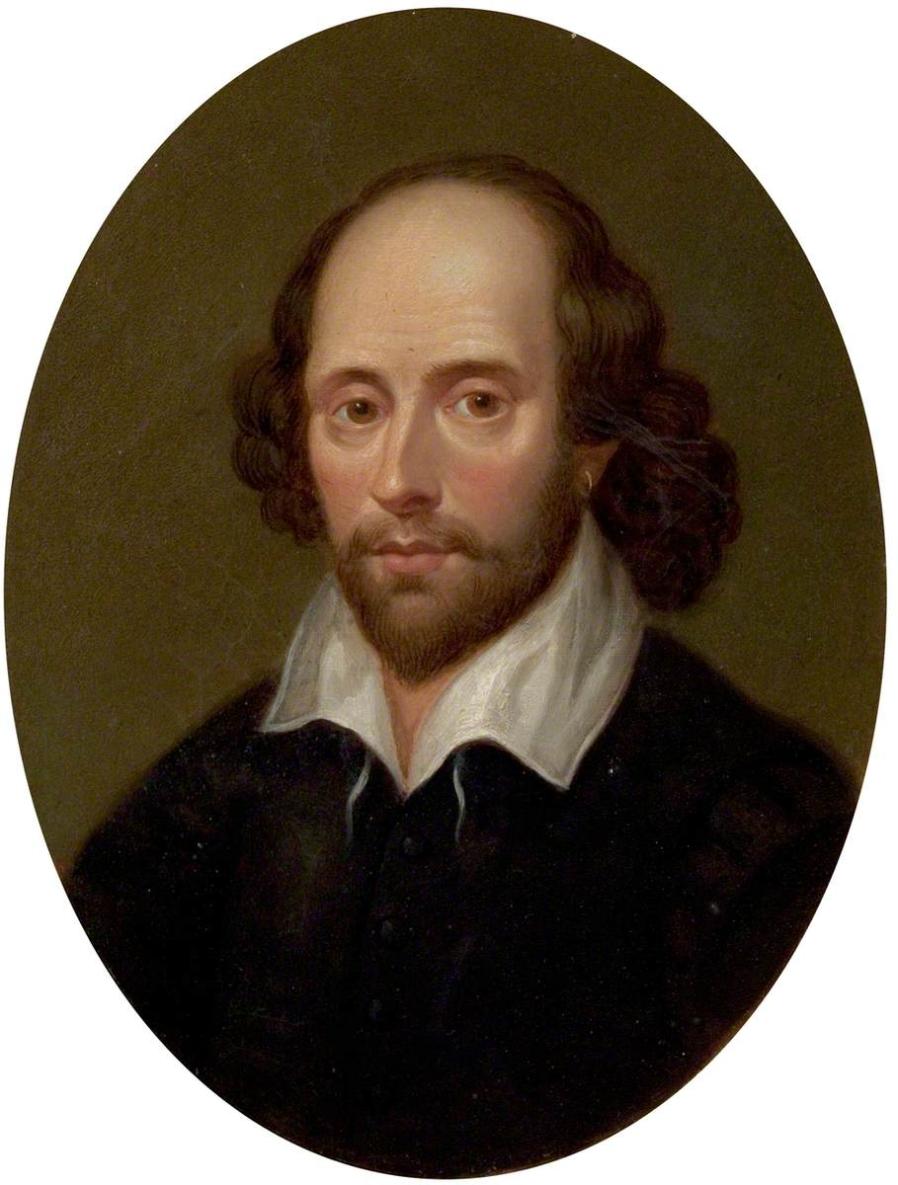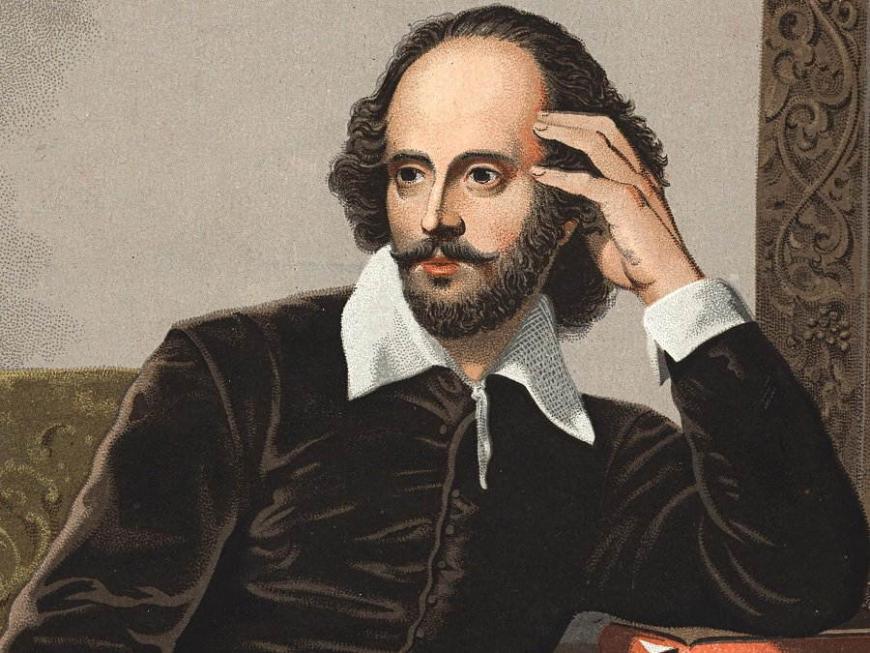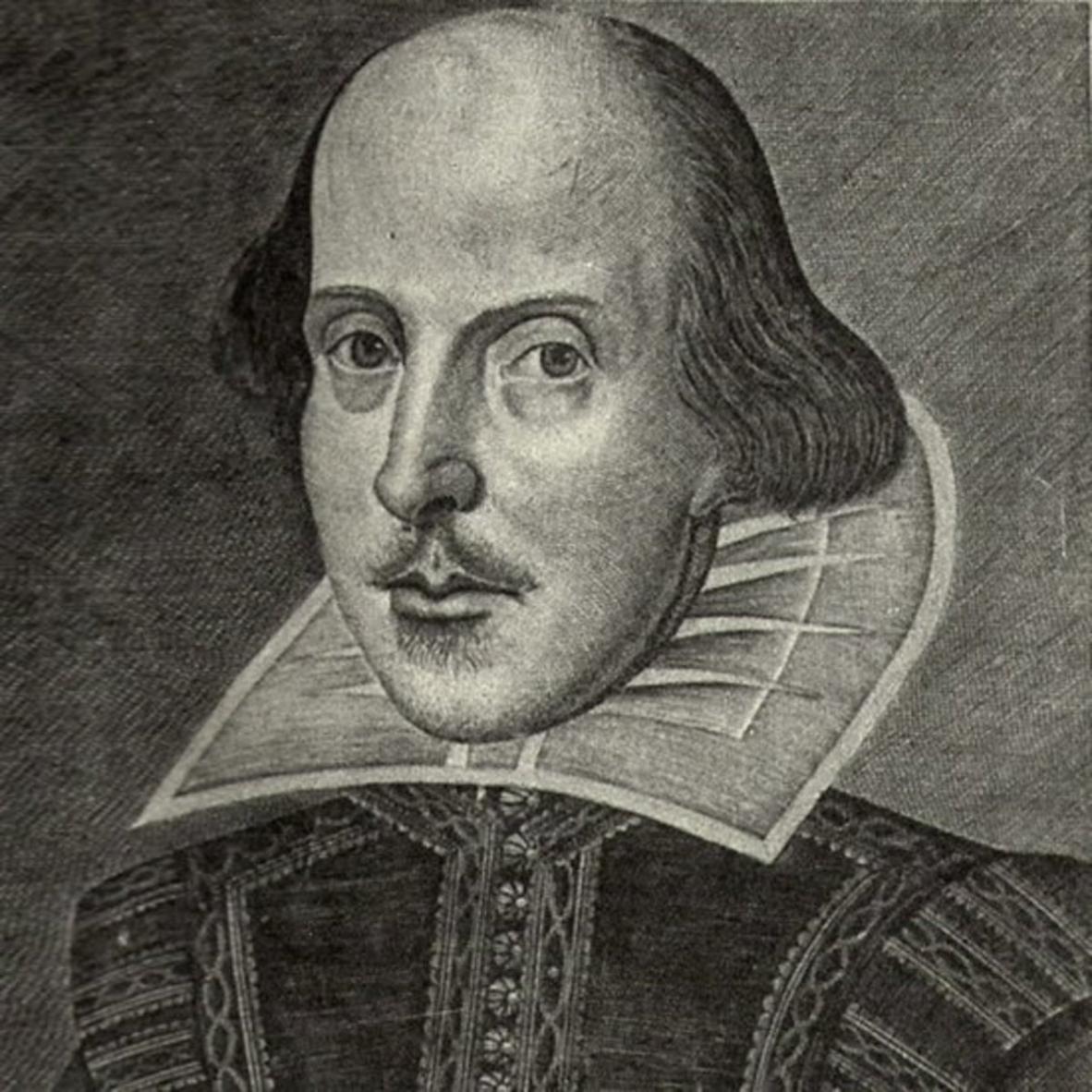How Can Shakespeare's Work Be Made More Accessible to Modern Audiences?
William Shakespeare's plays and sonnets have captivated audiences for centuries, but the challenges of understanding his language and cultural context can make his work seem inaccessible to modern audiences. This article explores strategies for making Shakespeare's work more accessible, ensuring that his timeless insights and artistry continue to resonate with contemporary readers and theatergoers.

Understanding Shakespeare's Language
Shakespeare's language is a unique blend of archaic words, unfamiliar grammar, and poetic devices that can be difficult for modern audiences to comprehend. Some of the challenges include:
- Archaic Vocabulary: Shakespeare used many words that are no longer in common usage, such as "anon" (soon), "methinks" (it seems to me), and "wherefore" (why).
- Complex Grammar: Shakespeare's grammar often differs from modern English, with inverted sentence structures, double negatives, and unusual verb conjugations.
- Poetic Devices: Shakespeare frequently employed poetic devices such as metaphors, similes, and puns, which can be challenging to interpret.
To help audiences understand Shakespeare's language, various strategies can be employed:
- Annotated Editions: Annotated editions of Shakespeare's plays and sonnets provide explanations of difficult words, phrases, and cultural references.
- Workshops and Classes: Workshops and classes dedicated to Shakespeare's language can help learners develop a deeper understanding of his vocabulary, grammar, and poetic devices.
- Filmed Adaptations: Watching filmed adaptations of Shakespeare's plays can provide visual cues and context that can aid comprehension.
Adapting Shakespeare's Work For Modern Audiences
Adapting Shakespeare's work for modern audiences involves striking a balance between faithfulness to the original text and the need to make it more accessible. Various approaches to adaptation include:
- Modern-Dress Productions: Modern-dress productions of Shakespeare's plays set the action in a contemporary context, making the characters and themes more relatable to modern audiences.
- Film Adaptations: Film adaptations of Shakespeare's plays can bring his stories to life in a visually engaging way, reaching audiences who might not otherwise engage with his work.
- Graphic Novels: Graphic novels adapt Shakespeare's plays into a visual medium, making them more accessible to readers who prefer a graphic format.

Each of these approaches has its own challenges and opportunities, but all share the common goal of making Shakespeare's work more accessible and relevant to contemporary audiences.
Engaging Audiences Through Performance
Live performances of Shakespeare's plays are a powerful way to bring his work to life and engage audiences. The combination of actors, directors, and designers can create immersive and accessible experiences that captivate audiences of all ages and backgrounds.

Key elements of engaging performances include:
- Clear and Expressive Acting: Actors who deliver Shakespeare's lines with clarity and expression can help audiences understand the text and connect with the characters.
- Thoughtful Direction: Directors who create clear and concise productions that highlight the play's themes and characters can help audiences follow the story and appreciate its nuances.
- Effective Design: Designers who create visually appealing sets, costumes, and lighting can help create an immersive experience that draws audiences into the play's world.
When these elements come together, live performances of Shakespeare's plays can be transformative experiences that leave audiences with a deeper understanding and appreciation of his work.
Using Technology To Enhance Accessibility
Technology offers a range of tools and platforms that can be used to enhance the accessibility of Shakespeare's work. These include:
- Interactive Websites: Interactive websites provide users with access to annotated texts, character guides, and other resources that can help them understand Shakespeare's language and context.
- Mobile Apps: Mobile apps offer similar features as interactive websites, allowing users to access Shakespeare's work on their smartphones or tablets.
- Virtual Reality: Virtual reality experiences can transport users into the worlds of Shakespeare's plays, providing a unique and immersive way to engage with his work.
These technological advancements have the potential to make Shakespeare's work more accessible to a wider range of audiences, including those who may have difficulty reading or understanding traditional texts.
Making Shakespeare's work more accessible to modern audiences is an ongoing endeavor that requires collaboration between scholars, artists, educators, and technologists. By employing a variety of strategies, from annotated editions and workshops to modern adaptations and technology-enhanced experiences, we can ensure that Shakespeare's timeless insights and artistry continue to resonate with contemporary audiences for generations to come.
As we strive to make Shakespeare's work more accessible, we must also remain faithful to his original text and honor the integrity of his artistic vision. By finding a balance between accessibility and authenticity, we can create experiences that allow modern audiences to appreciate the beauty and power of Shakespeare's work in new and meaningful ways.
YesNo

Leave a Reply